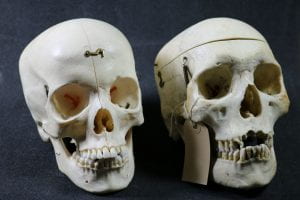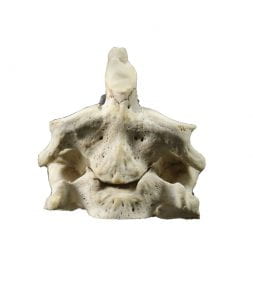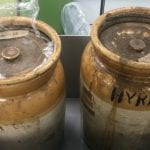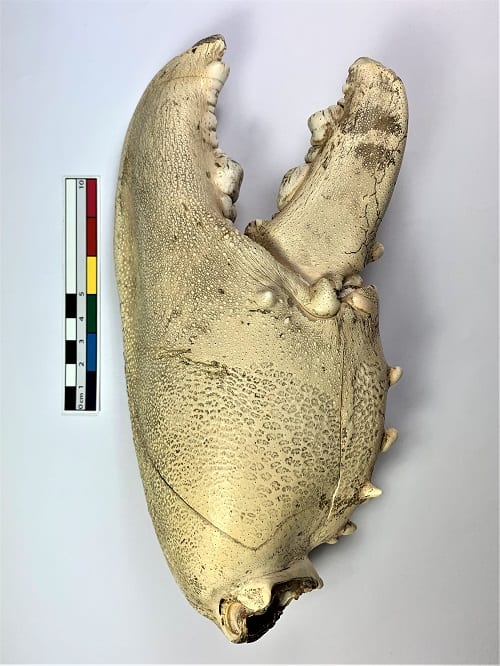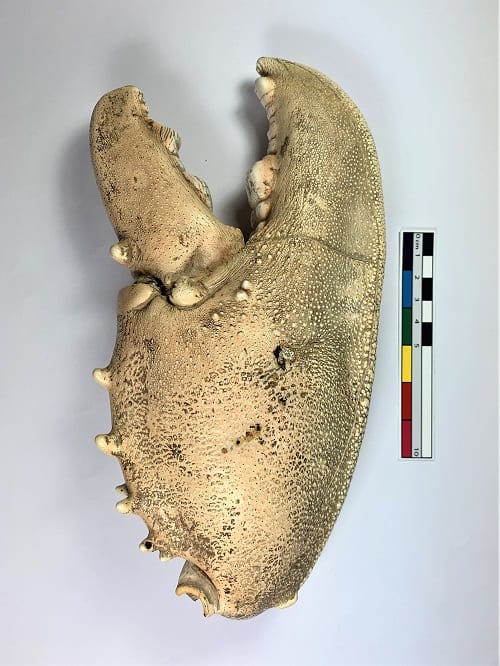Today’s entry has been written by Viktoria Espelund. Viktoria gained her MA in History of Art From UCL and has worked with the UCL Art Museum team throughout her studies as a volunteer and later in a professional capacity as well. We are thrilled to see her knowledge and expertise gain a wider audience through her recent contribution as a writer to a current exhibition at the Barber Institute of Fine Art in Birmingham. Her experienced is shared in this post.
Always Now (LDUCS 7876) is a print by the British painter and printmaker Tess Jaray RA (b. 1937, Austria). This print is one of nine works that are held of Tess Jaray in UCL Art Museum’s collections and is incredibly special to me, being the first ever work I saw by the artist now showing new work at the Barber Institute in Birmingham. The aquatint derives from a painting completed in 1982. Whereas the painting is painted with a soft colour palette of lilacs and blues against a cream-coloured background, the print has been executed in bright turquoise on paper.

Tess Jaray, Always Now, 1982, aquatint, UCL Art Museum LDUCS 7876
Tess Jaray has been an influential figure in the British art world since the 1960s. As both a Senior Royal Academician and an Honorary Fellow of the RIBA, her career spans more than fifty years, throughout which time she has produced a vast body of work. Jaray arrived with her family to the UK as an infant in 1938 as part of the flight of Jewish refugees from the Nazis. Aged sixteen she embarked on her journey as an artist and enrolled first at Saint Martin’s School of Art in London later at the Slade School of Fine Art (1957-1960), studying under the likes of William Coldstream, Bartos Dos Santos and Ernst Gombrich. Jaray has further been a great influence on younger British artists through her writing and the thirty years spent teaching at the Slade (1968-1999). (more…)
 Close
Close


